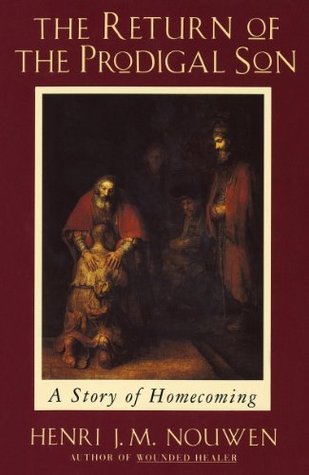Rembrandt sensed the deepest meaning of this when he painted the elder son at the side of the platform where the younger son is received in the father’s joy. He didn’t depict the celebration, with its musicians and dancers; they were merely the external signs of the father’s joy. The only sign of a party is the relief of a seated flute player carved into the wall against which one of the women (the prodigal’s mother?) leans. In place of the party, Rembrandt painted light, the radiant light that envelops both father and son. The joy that Rembrandt portrays is the still joy that belongs to God’s
...more
Welcome back. Just a moment while we sign you in to your Goodreads account.


